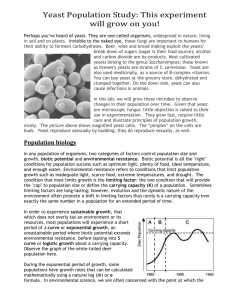Paramecium lab - IB-Biology
advertisement
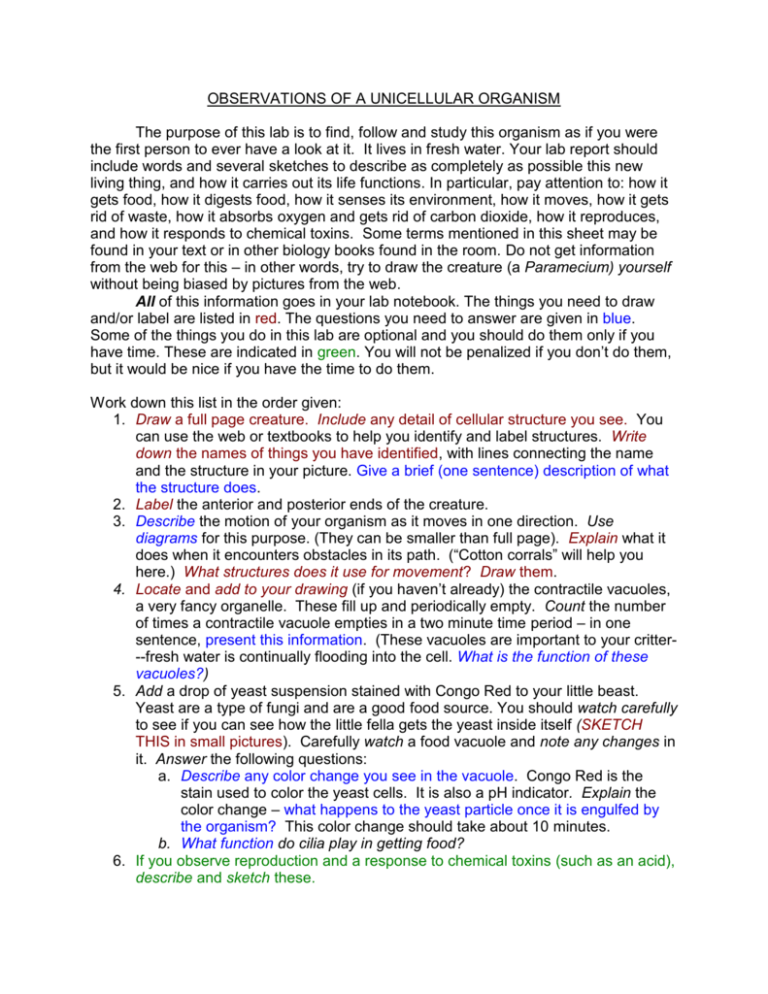
OBSERVATIONS OF A UNICELLULAR ORGANISM The purpose of this lab is to find, follow and study this organism as if you were the first person to ever have a look at it. It lives in fresh water. Your lab report should include words and several sketches to describe as completely as possible this new living thing, and how it carries out its life functions. In particular, pay attention to: how it gets food, how it digests food, how it senses its environment, how it moves, how it gets rid of waste, how it absorbs oxygen and gets rid of carbon dioxide, how it reproduces, and how it responds to chemical toxins. Some terms mentioned in this sheet may be found in your text or in other biology books found in the room. Do not get information from the web for this – in other words, try to draw the creature (a Paramecium) yourself without being biased by pictures from the web. All of this information goes in your lab notebook. The things you need to draw and/or label are listed in red. The questions you need to answer are given in blue. Some of the things you do in this lab are optional and you should do them only if you have time. These are indicated in green. You will not be penalized if you don’t do them, but it would be nice if you have the time to do them. Work down this list in the order given: 1. Draw a full page creature. Include any detail of cellular structure you see. You can use the web or textbooks to help you identify and label structures. Write down the names of things you have identified, with lines connecting the name and the structure in your picture. Give a brief (one sentence) description of what the structure does. 2. Label the anterior and posterior ends of the creature. 3. Describe the motion of your organism as it moves in one direction. Use diagrams for this purpose. (They can be smaller than full page). Explain what it does when it encounters obstacles in its path. (“Cotton corrals” will help you here.) What structures does it use for movement? Draw them. 4. Locate and add to your drawing (if you haven’t already) the contractile vacuoles, a very fancy organelle. These fill up and periodically empty. Count the number of times a contractile vacuole empties in a two minute time period – in one sentence, present this information. (These vacuoles are important to your critter--fresh water is continually flooding into the cell. What is the function of these vacuoles?) 5. Add a drop of yeast suspension stained with Congo Red to your little beast. Yeast are a type of fungi and are a good food source. You should watch carefully to see if you can see how the little fella gets the yeast inside itself (SKETCH THIS in small pictures). Carefully watch a food vacuole and note any changes in it. Answer the following questions: a. Describe any color change you see in the vacuole. Congo Red is the stain used to color the yeast cells. It is also a pH indicator. Explain the color change – what happens to the yeast particle once it is engulfed by the organism? This color change should take about 10 minutes. b. What function do cilia play in getting food? 6. If you observe reproduction and a response to chemical toxins (such as an acid), describe and sketch these.



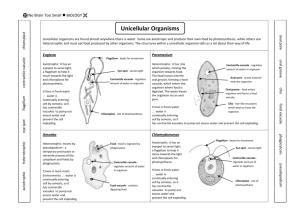
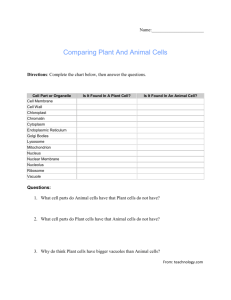
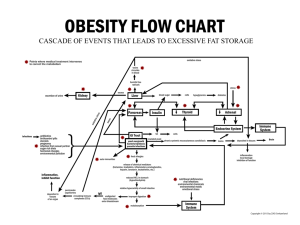



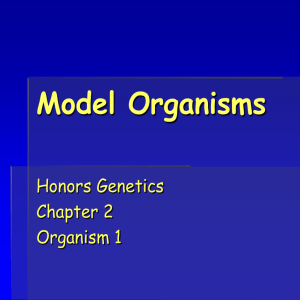
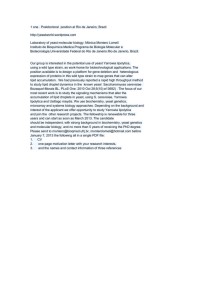
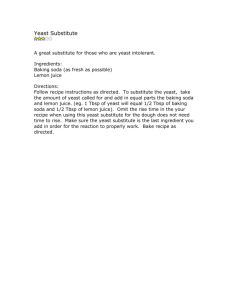
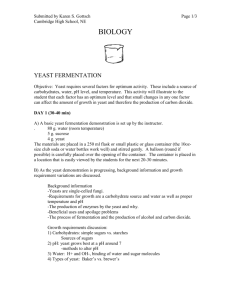
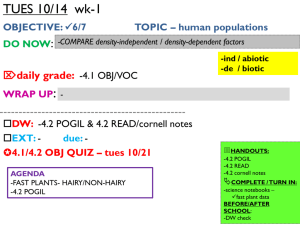
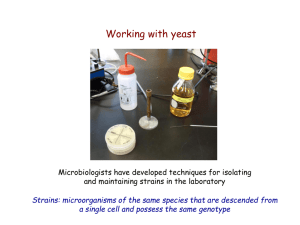
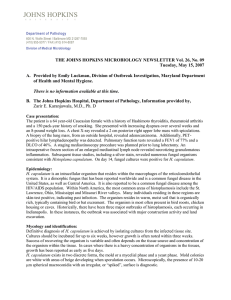
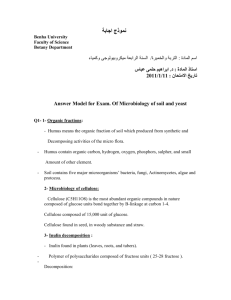
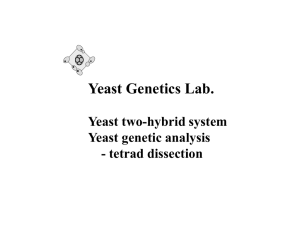
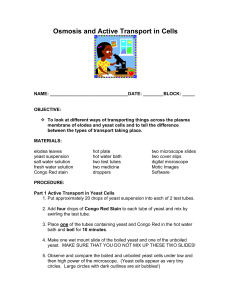
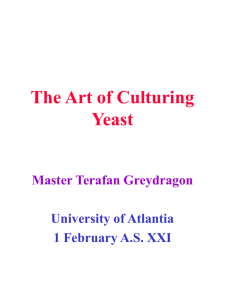
![Brookhaven, Mississippi [Mission 7, Flight Experiment]](http://s3.studylib.net/store/data/009783980_1-63b70b8d109d4efb235a4a0257c90156-300x300.png)
